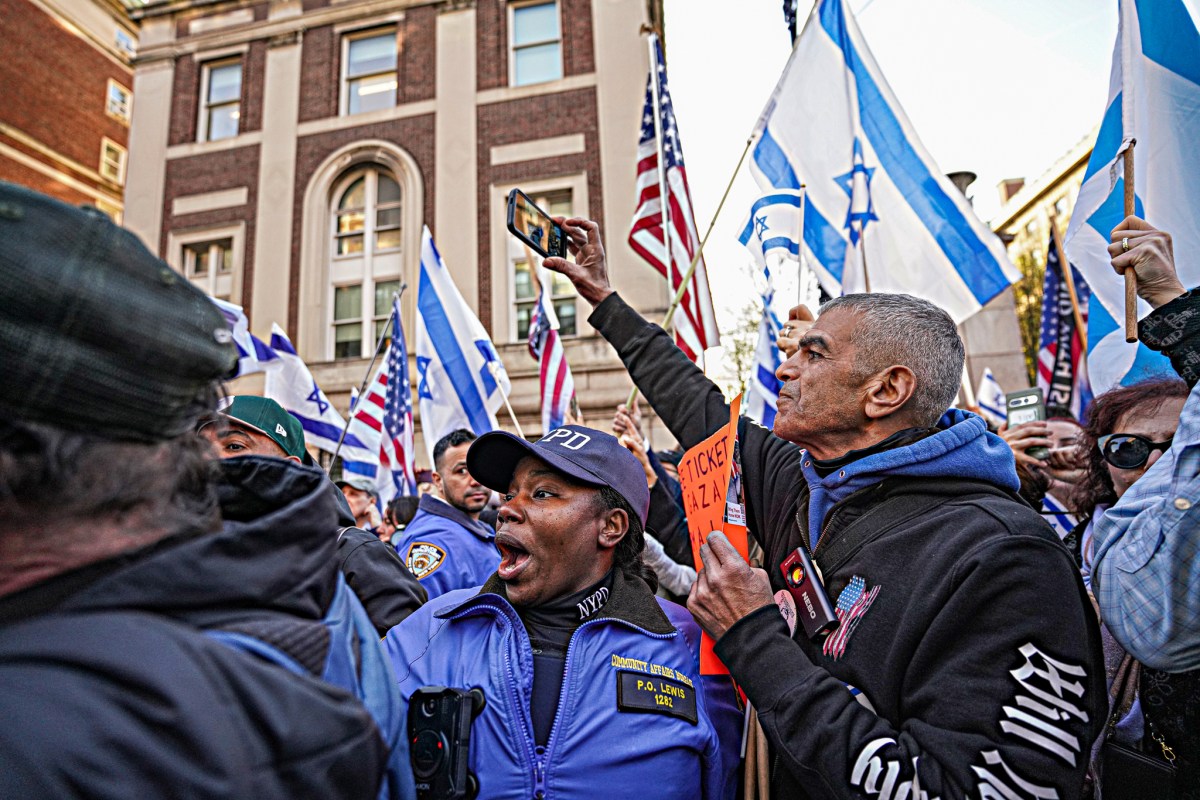The TTC now spends around $100 million per year on subway reconstruction.
Montreal’s subway system is returning to normal after cracks appeared last week in an underground walkway that links the Metro to nearby buildings.
Some of downtown Toronto’s subway tunnels are even older so who’s keeping an eye on them?
According the TTC chair Adam Giambrone, the entire train network is checked every three days, and no extra scrutiny has followed the Montreal incident.
He says, “We’re out there every 72 hours doing inspections,” adding, “We have a very tight regime around how we monitor third party agreements,” relating to the many private buildings that lie above or next to TTC tunnels and stations.
He says, “We’ve had issues in the past. You’ll know the one when we had to divert trains to Museum station that was to deal with a third party structure.”
Early in 2007, trains bypassed Bay station to allow underground reinforcement beneath a hotel. It seems the TTC has been facing a long backlog of repairs across the network — especially to tunnel liners, the concrete separating tunnels from surrounding earth.
Giambrone says, “In fact later this year you’ll probably hear us announce that we have to scale back some subway service in the late evenings so that we can do more work on our tunnels.”
The TTC now spends around $100 million per year on subway reconstruction, and to catch up with these tunnel liner replacements Giambrone expects some sections of subway may close earlier than usual over the next few years.
As to why more resources can’t be dedicated when the subway is normally shut down, he says, “It’s not an issue of (assigning) more people because there’s only so many work trains you can get out in time.”
In 1995 two TTC subway trains collided south of St. Clair West station, killing three passengers.
Some of the mistakes identified afterward were poor condition of tracks and infrastructure. The agency is still following up on recommendations dealing with that crash.
Says Giambrone of a heightened focus on repair, “I think if you look at it coming out of the Russell Hill accident, there’s a much stronger emphasis on how we do these safety inspections.”
The transit commission has since championed “State of Good Repair”, the philosophy that puts maintenance ahead of system expansion. Mixing up these two priorities is a constant temptation for any company or government that oversees infrastructure.
As for the TTC, Giambrone states that its network is monitored not only by commission employees but outside experts and by the American Public Transportation Association.
He adds the TTC is working with the provincial government to ensure that capital investment in new rail lines also addresses future repair costs.
















